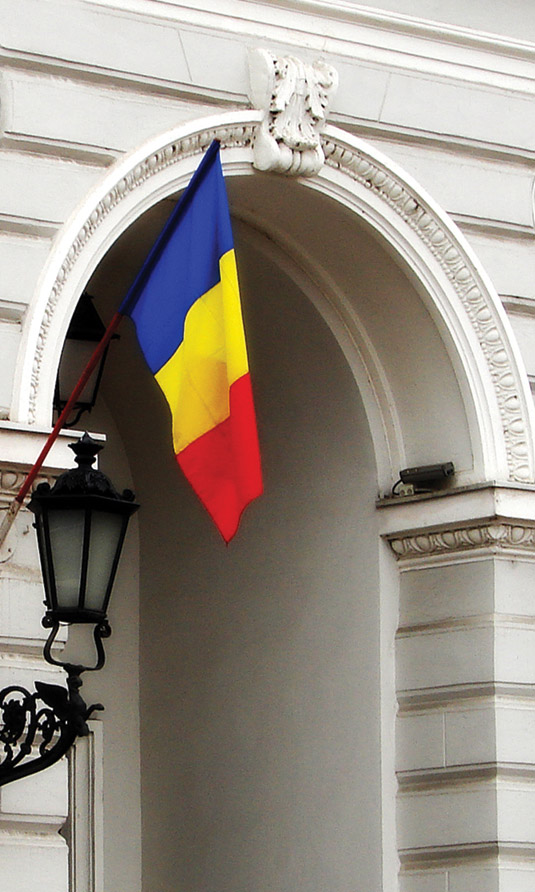The eastern markets of Europe have undergone significant transition over the last decade and promise to offer the world opportune market development going forward.
According to a study made by Focus Economics*, the majority of economies in Central and Eastern Europe (CEE) began this year growing at a remarkable rhythm as they were starting to benefit from the nascent recovery in the Eurozone. According to a GDP growth estimate for the region, the economy of Central and Eastern Europe increased at a rate of 3.4% in the first quarter, which marked a notable acceleration compared to the 2.6% rise observed in the last quarter of 2014. Growth was propelled by a substantial increase in economic growth in the Czech Republic and Romania, as well as by positive impulses from the economies of Bulgaria, Hungary, Poland and Slovakia. However, the region’s growth dynamics in Q2 suggest a slowdown.


The economic outlook for Central and Eastern Europe stabilized in August after three consecutive upward revisions. While the region’s economy is expected to have slowed in Q2, the growth is picking up momentum in the second half of the year. Heading into the second half of 2015, the region’s economy is expected to grow with 3.1% in 2015. If the forecast is confirmed, it will represent acceleration over the 2.8% expansion seen in 2014. For 2016, the previsions are to maintain the pace of growth at 3.1%.
Risks to the region’s growth outlook remain contained despite the flare up in the Greek debt crisis and the recent turbulence seen in China’s stock market. Growth prospects for the Czech Republic, Romania, Slovakia and Slovenia improved in August, while GDP growth forecasts for Estonia and Lithuania were cut.
CEE countries are in a continuous economic dynamic with a good perspective of economic growth and future business developments.
Romania represents both a past bastion of protection for economies of the Holy Roman Empire and continued support for the European Union and other interested economic partners in promoting growth in this, the farthest eastern border of Europe.
Once the home of the brilliant Brancusi and producer of global superstars such as Nadia Comaneci and Ilie Nastase, today it presents to the world an opportune economic investment and place for tourism. The country’s diverse ecosystems present attractive sources for bicycling or driving on spectacular roads. Romania is crowned by the Carpathian Mountains, replete with breathtaking sights, castles and of course, legends to fill the soul of any Dracula fan.
The capital Bucharest is located on the vast plains in the southern half of the country and is well positioned to travel throughout the country. In the city resides an archaeological gem in the form of the remains of the castle which once protected the Christian World from the invading hoards of the East. Generally, Romania is rich in mysterious medieval castles, walled cities and citadels, soaring cathedrals and is home to numerous cultures.
With such a grand diversity of options, Romania is as much an educational experience and prime vacation location, as it is the selected venue for WCCE 2016.
*the study can be reached here: http://www.focus-economics.com/regions/central-and-eastern-europe